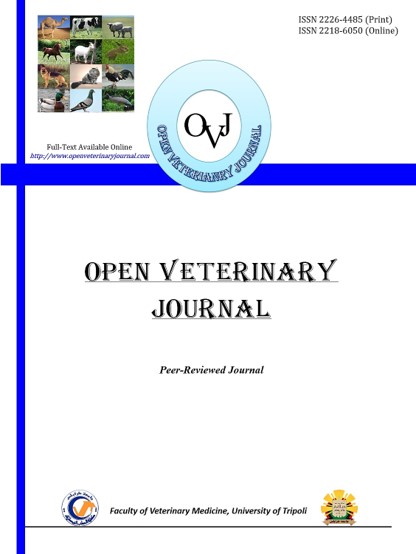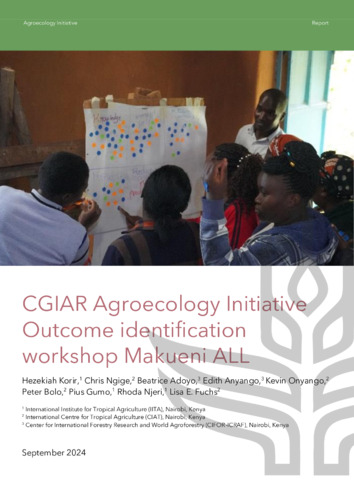Background: Cases of cruelty can occur in wild animal, livestock, and pet animal. Cruelty to cats choose to be the background of this research because many cases of cruelty to cats have not been reported although the cases are still high.
Aim: The aim of this research was to know how much dilution of cat blood can still be detected by Leucomalachite Green (LMG) and Takayama reagent.
Methods: Three samples of domestic cat blood were diluted with ratios 1:10; 1:100; 1:1,000; 1:10,000; and 1:100,000. Bloodstain is made by dropping each blood dilution on the filter paper for the LMG test and on the object glass for the Takayama test. Bloodstain for the LMG test was done with ten repetitions from each sample and Duplo for the Takayama test. Positive results from the LMG test are presented as a bluish-green discoloration in stains. A positive result from the Takayama test is the formation of hemochromogen crystals under a microscope with 400× magnification.
Results: Based on this research, cat bloodstain can be detected with LMG reagent until 1:40,000 dilution, while Takayama reagent only can detect cat bloodstain until 1:1,000.
Conclusion: LMG and Takayama reagents are reagents that are often used in human blood spot testing. If there is a case of violence against cats and other animals, these two reagents can be relied on to help with the proof process.
DOI:
https://doi.org/10.5455/OVJ.2024.v14.i10.10Jumlah Kutipan Dimensi:
Tahun publikasi
2024
Penulis
Meisari, S.; Lestari, T.D.; Legowo, D.; Widiyatno, T.V.; Hestianah, E.P.; Wahjuni, R.S.; Damayanti, R.; Khairullah, A.R.; Moses, I.B.; Raissa, R.
Bahasa
English
Kata kunci
bloodstain, domestic animals, wild animals, cats
Geografis
Indonesia

















